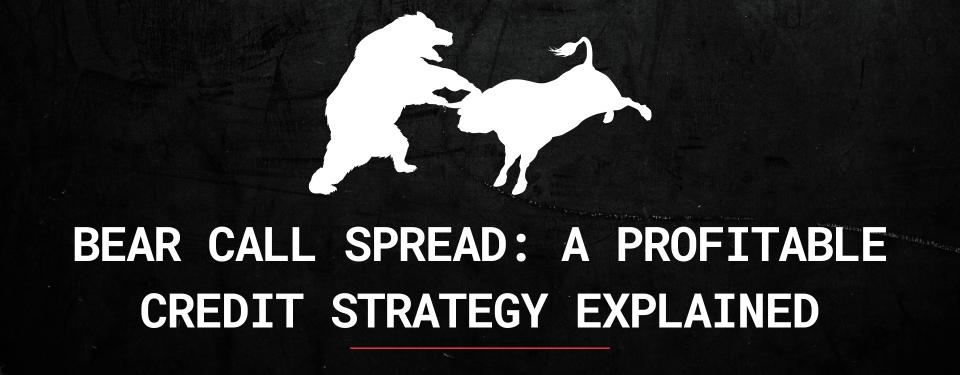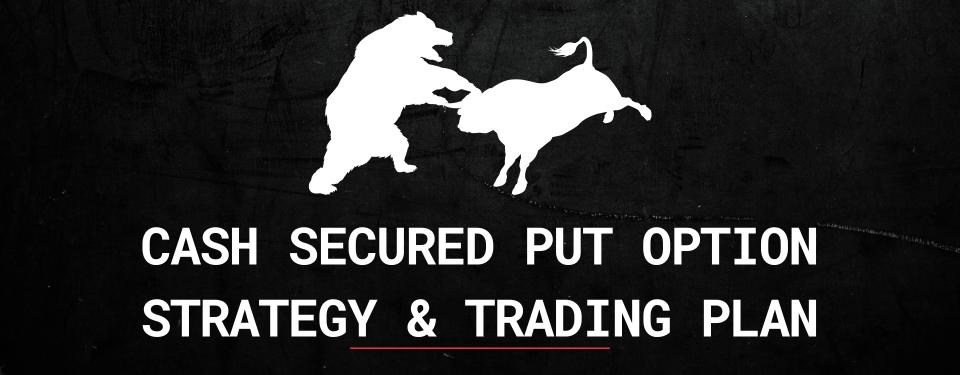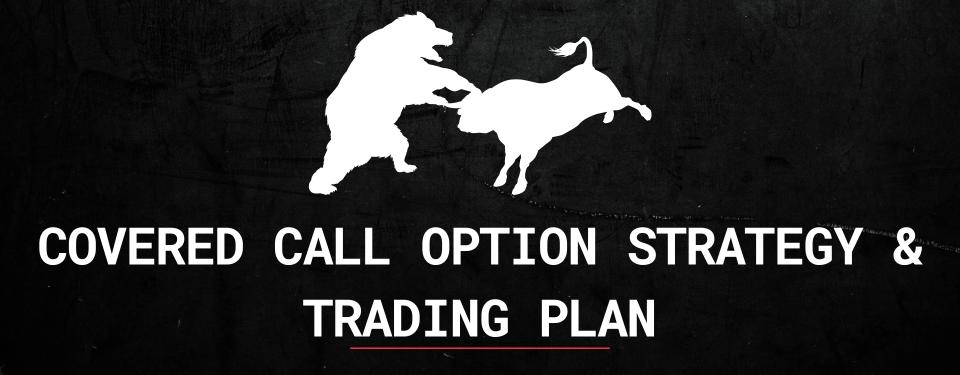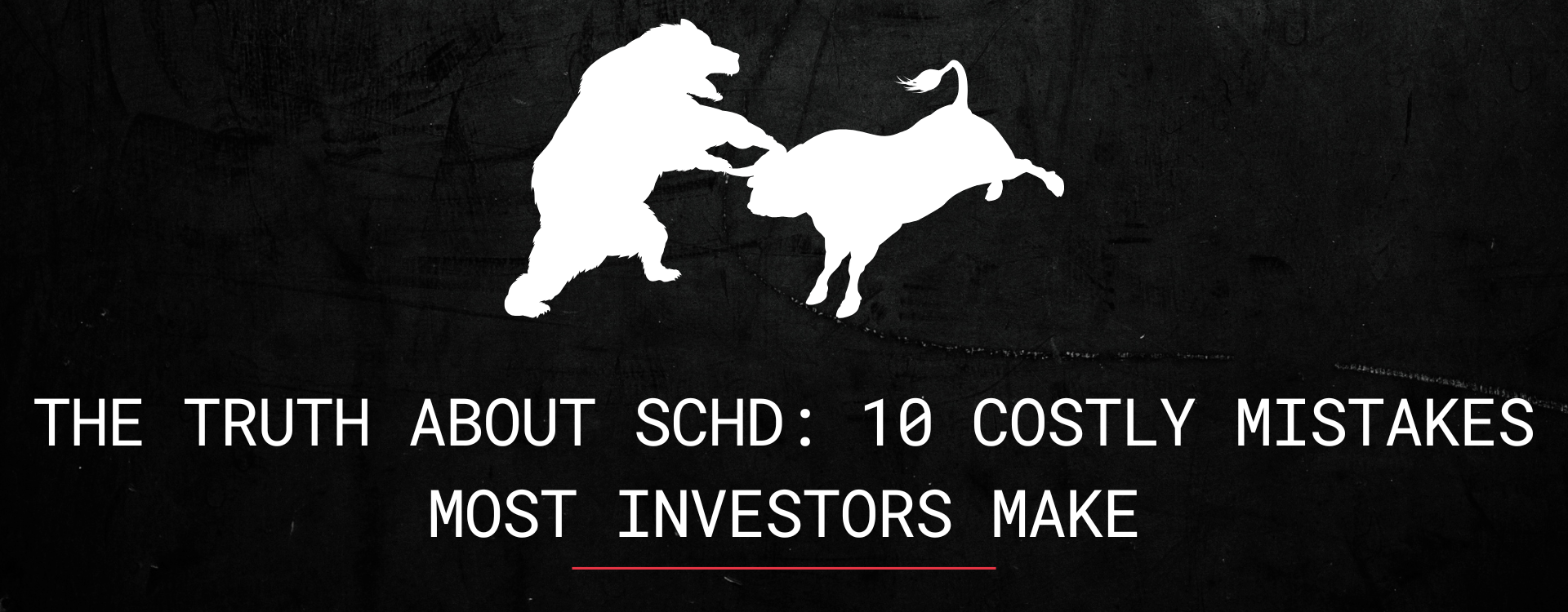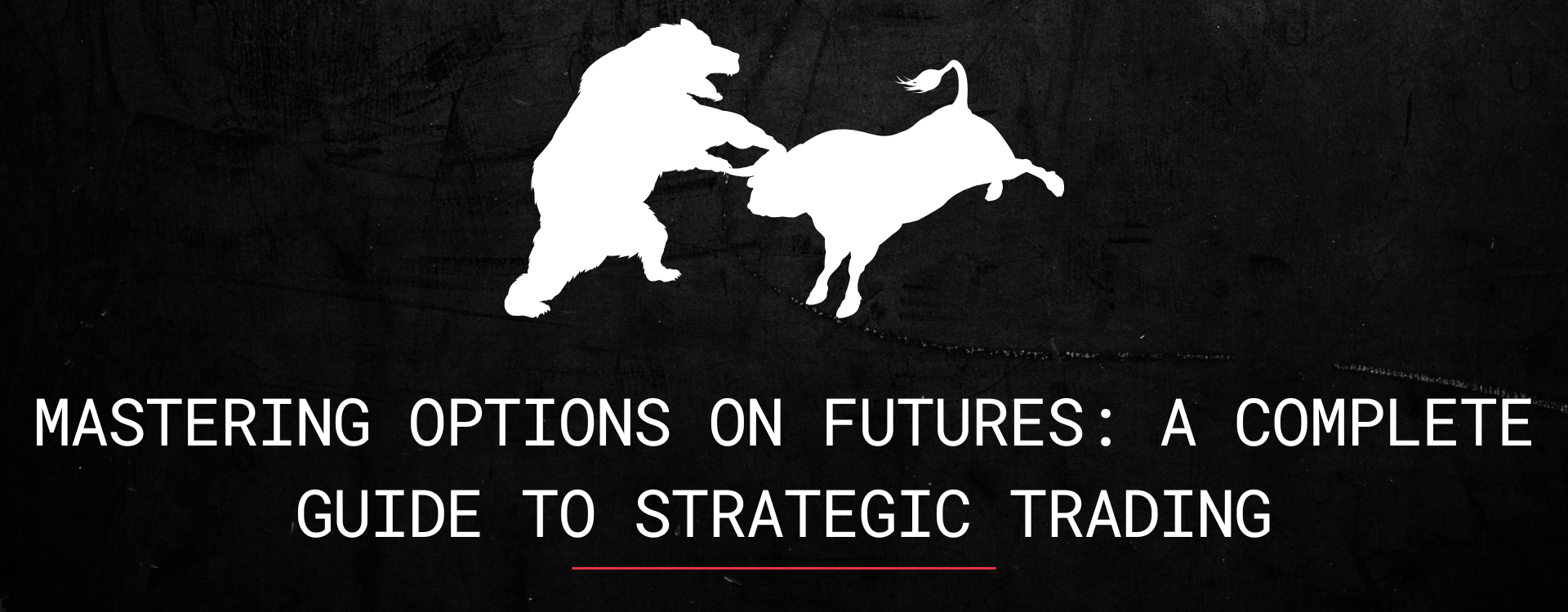Introduction
One kind of vertical spread is the bear call spread. There are two calls in it with different strikes but the same expiration. Since the short call’s strike price is lower than the long call’s strike, this approach will always result in an initial nett cash inflow (nett credit).
The fundamental objective of a short call is to make money, whereas a long call only serves to reduce the upside risk.
How much of the initial premium revenue is kept after the strategy closes out or expires determines how profitable it will be. The strategy performs best if the stock stays below the lower strike price for the length of the options, as its name implies.
Even yet, an unanticipated rise should not lead to a crisis since even though this strategy’s maximum gain is very constrained, so are its possible losses.
CLICK BELOW TO ACCESS THE COMPLETE BEGINNER’S GUIDE TO TRADING OPTIONS
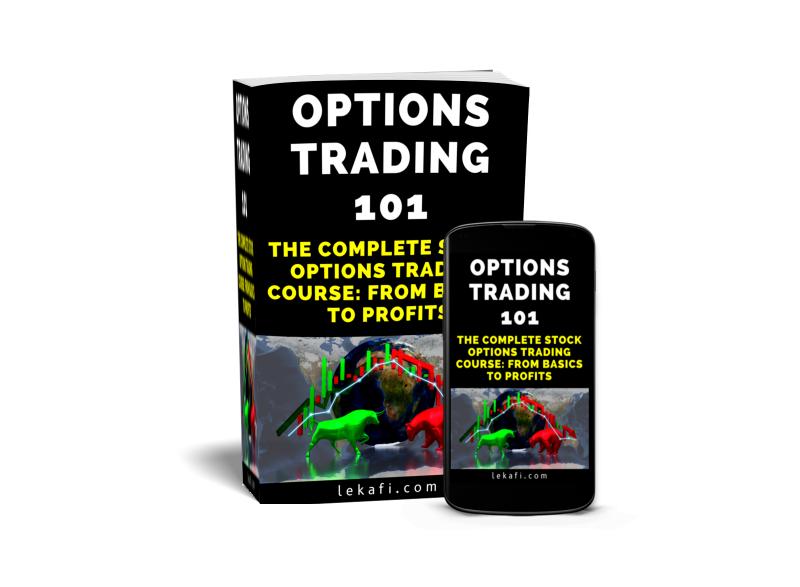
Comparing Bear Call Spread to Bear Put Spread
When comparing the bear call spread to the bear put spread, it becomes clear that, after accounting for the net cost to carry, the profit/loss payout profiles are essentially identical. However, there are key differences in the timing of cash flows and risk profiles.
Trade Example
- 1 Short Call @ $75 Strike Price
- 1 Long Call @ $80 Strike Price
Max Gain:
- received a nett premium
Max Loss:
- Width of the spread = (Long Call – Short Call – Premium Collected)
The timing of the cash flows is the main distinction. The bear call spread generates a known initial cash inflow in exchange for a potential outlay down the road while the bear put spread demands a known beginning outlay for an unknown final return.
Key Differences: Bear Call vs. Bear Put Spread
The main distinction between the bear call spread and the bear put spread lies in the timing of the cash flows. In a bear call spread, there is a known initial cash inflow, with the potential for a future outlay. On the other hand, the bear put spread requires a known upfront payment, but the final return is uncertain
Outlook
observing a drop in the price of the underlying stock throughout the course of the options‘ tenure. The investor’s long-term perspective for the underlying stock is not as crucial in limited-time strategies as it is in other strategies, but this is probably not a good option for those who have a gloomy prognosis beyond the near term.
Finding the precise moment when a forthcoming short-term rally would change into a bearish long-term would require a well-timed forecast.
A bear call spread, which consists of one short call option and one long call option, is a limited-risk, limited-reward trading strategy. Generally speaking, this method is profitable whether the stock price rises or falls.
The maximum it can produce is the initial nett premium. Losses increase only up until the long call’s amount cap if the forecast is incorrect and the stock rallies instead.
Key Points:
- Maximum Gain: The net premium collected.
- Maximum Loss: Limited to the difference between the strike prices, reduced by the premium received.
- Profit/Loss: Gains are limited to the initial premium, and losses are capped, offering a clearly defined risk/reward profile.
Motivation
the potential to profit from a falling stock price or to generate income with little risk.
Variations
Depending on how the strike prices for the long and short positions are chosen, a vertical call spread can be either a bullish or a bearish strategy. For the bullish equivalent, see bull call spread.
Download Below our Two Best Options Strategies
Max Loss
The potential loss is constrained. At expiration, the worst that may happen is that the stock price is greater than the higher strike. In that situation, the investor will exercise the long call and be assigned on the short call, which is now very in the money. Selling the stock at the lower strike and purchasing it at the higher strike are the results of the simultaneous exercise and assignment. The difference between the two strikes, which is the maximum loss, is lessened by the initial nett credit.
Max Gain
The gain’s maximum is constrained. The stock must be below both strike prices for the option to succeed at expiration. In that situation, the investor keeps the credit obtained upon putting on the trade, and both the short and long call options expire worthless.
Profit/Loss
This strategy’s prospective gains and losses are both relatively constrained and clearly stated. The maximum profit an investor can anticipate from the approach is the initial nett credit.
If the stock is above the lower strike price at expiration, profits begin to decline, and if the stock is above the higher strike price, losses are at their worst. Profits from exercising the long option entirely offset future losses on the short call over the higher strike price.
The maximum revenue potential and maximum risk are determined by how the investor chooses the two strike prices. The investor can boost the first nett premium income by choosing a lower short call strike and/or a higher long call strike.
Conclusion
The bear call spread is a versatile, limited-risk strategy ideal for traders looking to profit from a short-term bearish outlook or generate income with minimal risk. Its clearly defined risk/reward parameters make it a popular choice for options traders. However, as with all options strategies, proper timing is key to maximizing profits and minimizing losses

